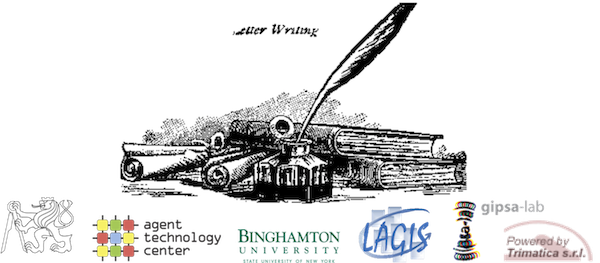|
Hall of Fame:
|
 |
Hugobreakers
Binghamton University
Accuracy = 80.3% |
 |
Guel&Kurugollu
Queens University
Accuracy = 76.8% |
 |
Andreas Westfeld
HTW Dresden
Accuracy = 67% |
 |
BossTeam
Czech Tech. Univ.
Accuracy = 65% |
View the full list »

|
|
BOSS: the first challenge on Steganalysis
Image steganography can be seen as the modern version of the invisible ink where paper and lemon juice have been replaced by digital images. In order to automatically detect hidden messages inside images, researchers have developed a specific field called steganalysis. As cryptanalysis consists in assessing the security of cryptographic schemes, steganalysis deals with the security of steganographic schemes. This domain also catches the attention of security agencies that are interested in detecting hidden communications over the Internet.
In order to compare the efficiency of steganalysis methods, three researchers (1) are now organising the first scientific challenge on this topic. Called BOSS (Break Our Steganography System), the rules of this scientific game are simple: since September 9th 2010 1000 images will be available on the website. The goal of the player is to figure out, which images contain a hidden message and which
images don't. The challenge ends the 10th of January and the winner will be the one that will have submitted the best prediction.
By soliciting the very best researchers working on steganalysis, the organisers want to evaluate the security of HUGO (Highly Undetectable steGO), the steganographic scheme developed specifically for this contest. This challenge is hosted at http://boss.gipsa-lab.grenoble-inp.fr . In order to train one’s steganalysis algorithm, the website proposes to download the embedding algorithm and two databases of 9074 images each, one with original images, the other one with messages hidden inside.
(1): Tomas Filler from the University of Binghamton - USA, Tomas Pevny from the Technical University of Prague - Czech Republic, and Patrick Bas from the Centre National de la Recherche Scientifique in Lille - France.
|


